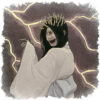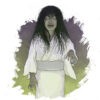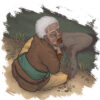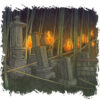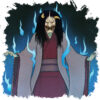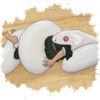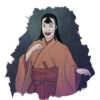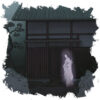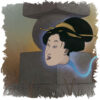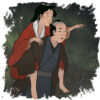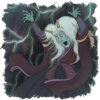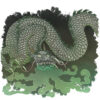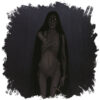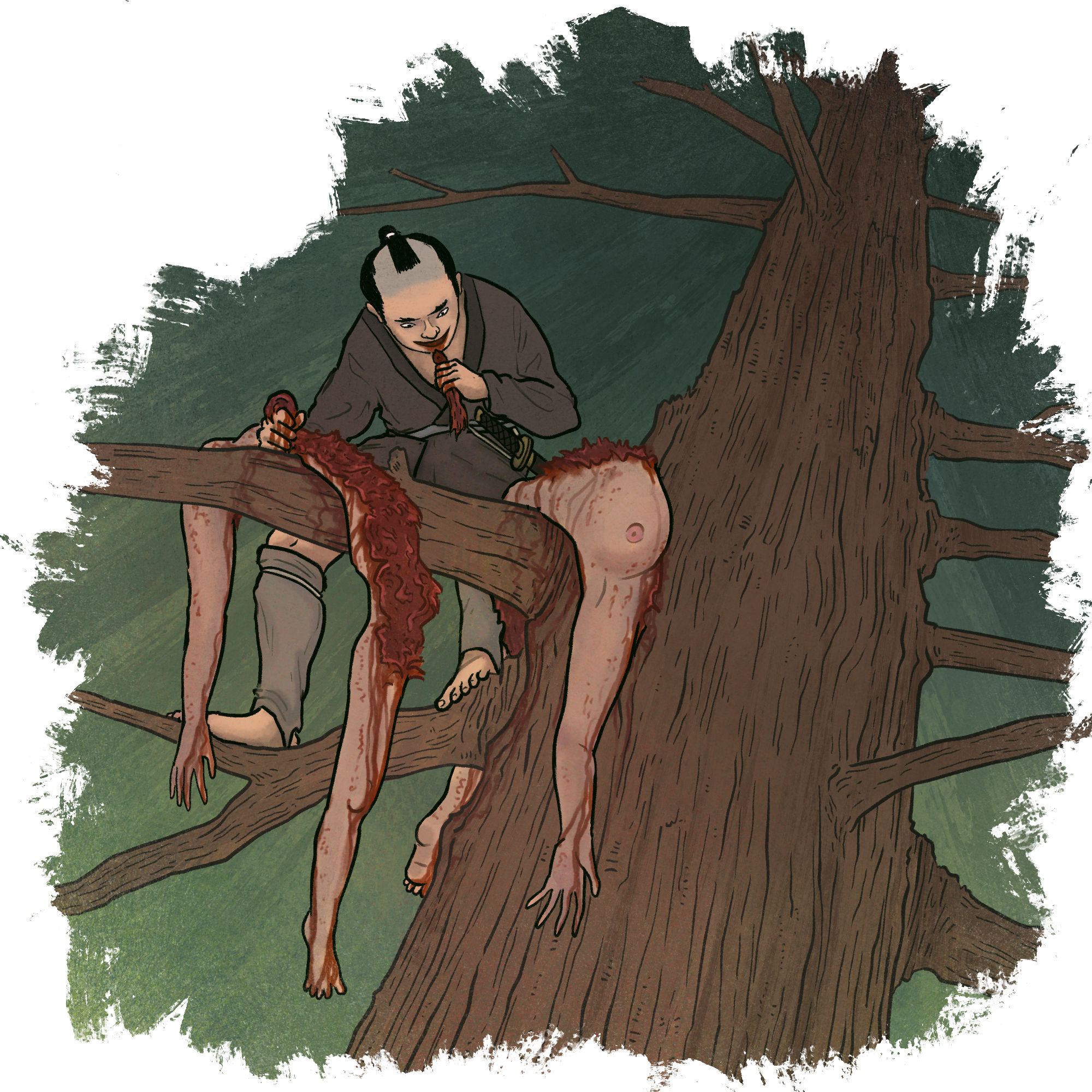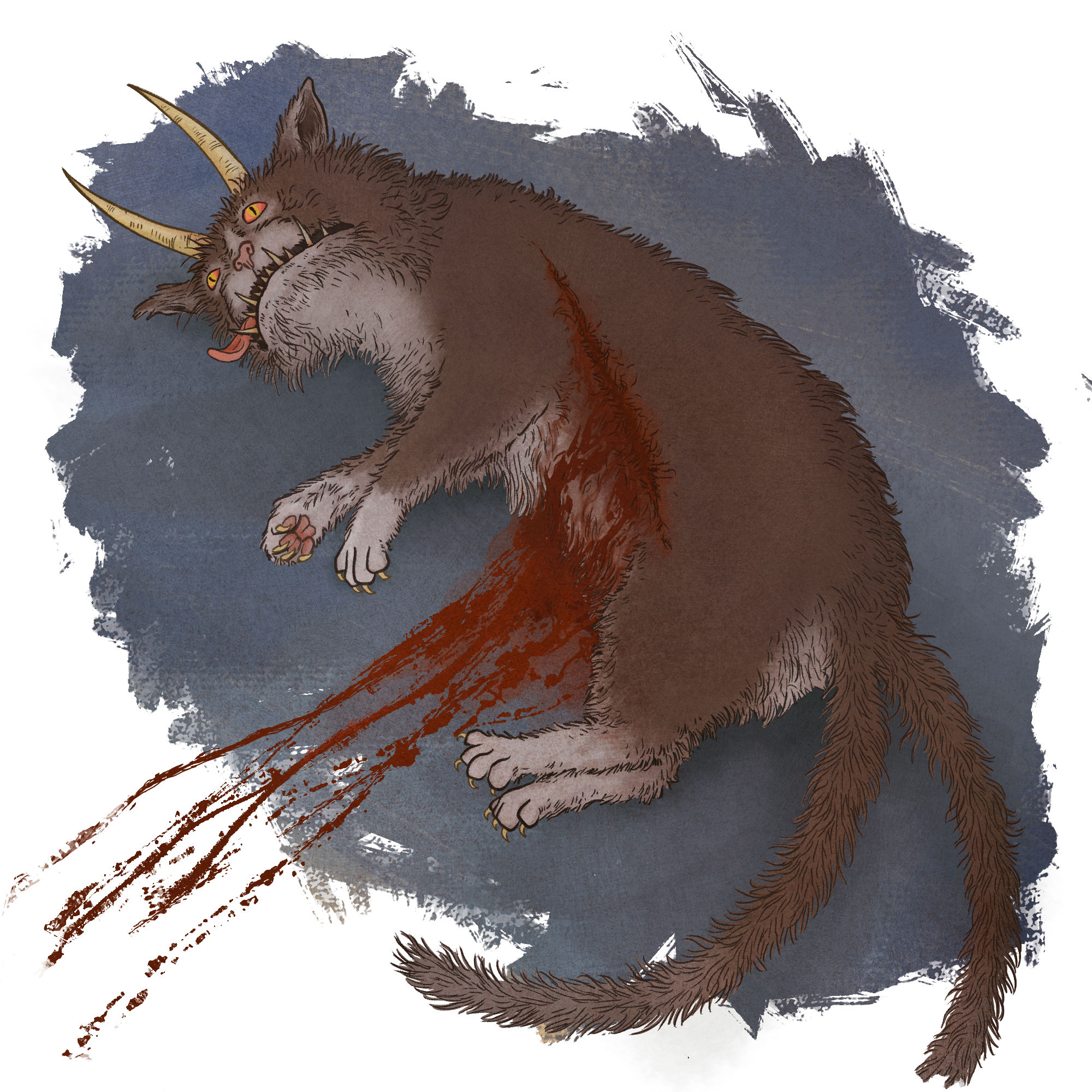Today is the first day of October, and that marks the start of A-Yokai-A-Day! I hope you’ll join me in sharing yokai on social media/blogs/wherever using the #ayokaiaday hashtag.
This month’s stories all come from an Edo period collection called Shokoku hyakumonogatari, or “100 Tales from Various Provinces.” It’s a collection of one hundred strange, scary, and silly stories collected from all over Japan and first published in 1677. As far as I am aware these tales have never appeared in English before. I’m translating them from Japanese and including a bit of cultural explanation beforehand, since some of the stories are not easy to grok without some understanding of Japanese history and culture. Be sure to come back every day this month for a new tale from Japanese folklore!
Today’s story revolves around a central theme in many yokai stories: attachment. Specifically, inappropriate attachment, obsession, or infatuation with worldly things. Often this ends up being money or people, but it could be anything at all. Those who die with lingering attachment in their hearts often come back as yokai — or sometimes the attachment itself manifests as a yokai — and cause harm to those they loved.
This idea comes from the Buddhist notion that all suffering in the world is caused by improper attachments to things. This makes sense even on a secular level; we all can imagine how being overly fond of money or being overly attached to a specific person might annoy others and harm your relationships. But Buddhism is talking about this on a cosmic scale — the attachments we form in life generate karma, and the karma we generate is what propels us into the next life after we die. If you cling on too much to things, instead of passing peacefully into your next life, you may be doomed to return as a yokai… (I like to imagine myself narrating this like the Crypt Keeper, so this is where I’d let out a big cackle, and segue into tonight’s story.)
A-Yokai-A-Day: How Horikoshi From Tōtomi Province Was Infatuated With His Daughter-in-Law
In Tōtomi Province there lived a certain man named Horikoshi. When he was sixteen his son was born, and before long his son became sixteen, and it was time for him to get married. Horikoshi was thirty at that time.
The new bride was beautiful, talented, and intelligent, but whenever Horikoshi saw her, he would not make eye contact or speak to her at all, and just looked at the floor. Everybody thought it was strange and asked him, “Do you hate your daughter-in-law?”
“No, as long as things are good between her and her husband, there’s no problem,” he replied. But for three years his condition seemed to grow steadily worse, and eventually he became gravely ill.
“We should pay him a visit,” the daughter-in-law said.
But Horikoshi said, “Visiting the bedside of an unsightly sick man won’t help anything.” And he did not permit anyone to visit him.
When Horikoshi’s dying hour came near, his daughter-in-law was finally able to come to his bedside and nurse him by rubbing his hands and feet. Horikoshi’s wife stepped out into the adjacent room to rest. After a while, there was a sound from his room like something hitting the folding screens and shōji. Everyone in the house wondered what it was, and when they went to investigate, they found that Horikoshi had turned into a serpent and had wrapped his body three times around his daughter-in-law. Water erupted from beneath the floor and the house sank into a deep pond. Horikoshi dragged his daughter-in-law down into the water with him.
It is said that until recently, on clear days the beams and other parts of the house could be seen in Horikoshi’s pond. Now the pond has become small and shallow, as if the serpent no longer lives there.


